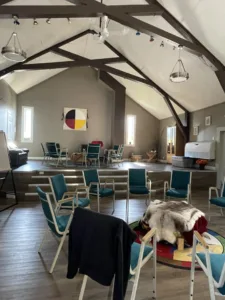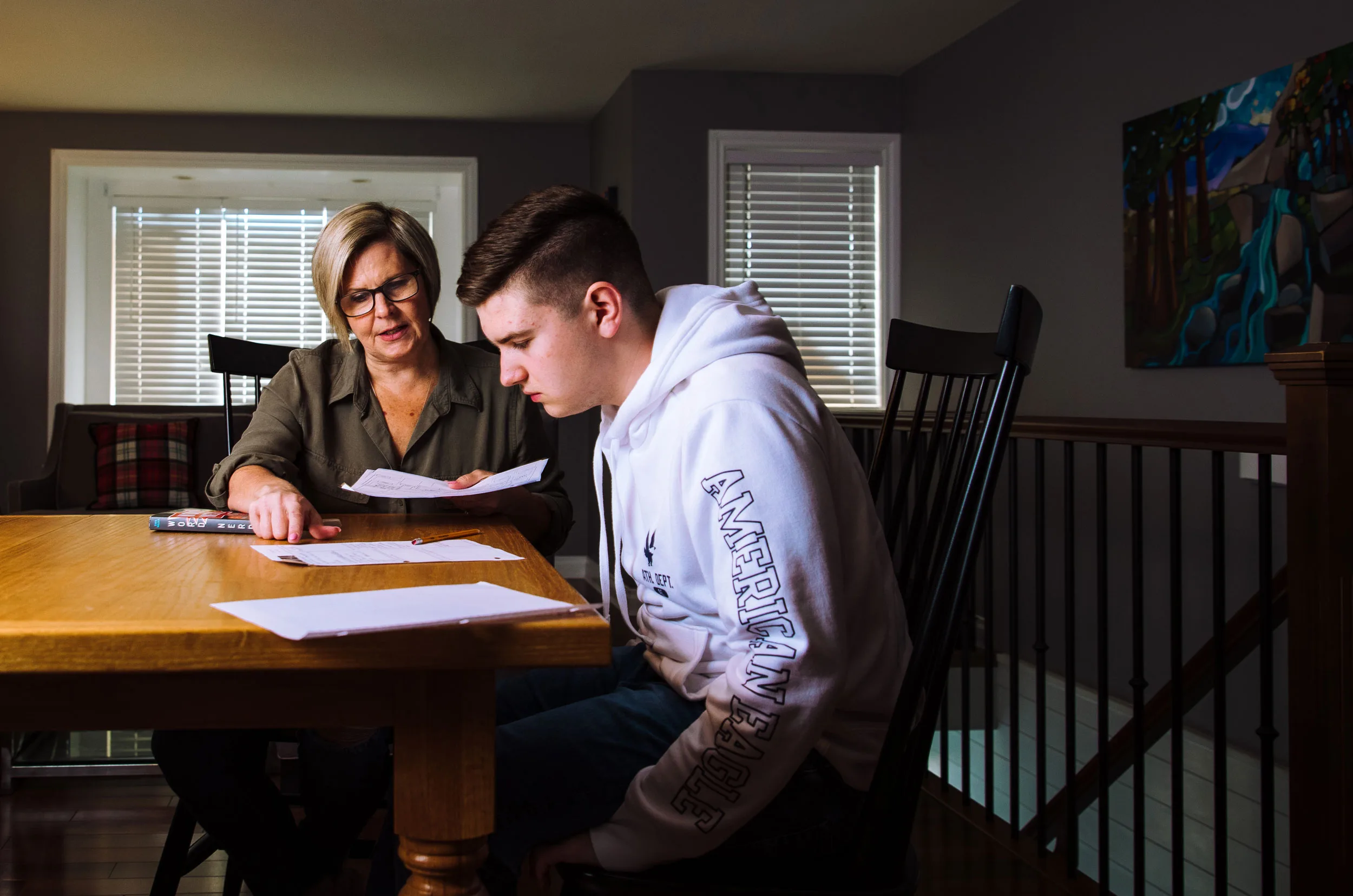
For the past two and a half years, we have connected with children and youth with disabilities, their families, and the community organizations that support them across the province. In 2022, four provincial partners created a working group to guide a provincial engagement to inform changes to the service framework for Children and Youth with Support Needs (CYSN). The BC Association of Aboriginal Friendship Centres, the BC Association for Child Development and Intervention, the Federation of Community Social Services of BC, and Inclusion BC saw this as an opportunity to approach the work from a community development perspective, with a particular focus on creating space for historically excluded voices and perspectives. This collaborative effort led to the Community-Led Collaboration Project, grounded in the guiding principles of collaboration, community-driven change, reconciliation and decolonization, and transparency.
Throughout the project, we hosted community conversations across B.C. to explore the needs of children and youth with disabilities or support needs and their families. Over 130 community organizations engaged over 2,000 people in 23 communities through these conversations. The result is:
- A vision for all children and youth to achieve their fullest potential and thrive in their communities
- 11 calls to action with specific recommendations to make this vision a reality.
The Community-Led Collaboration Project unfolded in two phases. In Phase 1, we worked with six initial communities to co-develop a unique engagement process. This process included forming local engagement teams, co-designing community gatherings to create safe spaces for conversation, reporting back to ensure we accurately captured their ideas, and hosting solutions tables to gather input on what changes communities want to see and who needs to be involved in making those changes happen.
Phase 1 gave the Provincial Working Group valuable insights from organizations that generously shared their wisdom and experiences. Each community conversation centred on providing youth, families, and service providers with the space to discuss community strengths, their challenges, and their hopes for change—ultimately ensuring that children and youth receive the support they need. Based on the lessons learned from Phase 1, we developed a Community Engagement Guide to support the project’s next phase.
In Phase 2, we opened a call for grants and supported 17 additional communities to create local engagement teams and host their own community conversations. As we reviewed their final reports and listened to the outcomes of their engagements, we saw our vision come full circle: empowered communities connecting in meaningful and respectful ways, allowing them to share their needs and aspirations for the well-being of children and youth with disabilities and support needs.
Many emotional moments stood out throughout these community conversations, particularly concerning the future of the young people at the heart of this project. Families and community organizations expressed numerous hopes, but the one wish echoed across every room was a profound longing for belonging. There is a shared desire for a community where all children and youth with disabilities or support needs—and their families—feel welcomed, respected, and valued.
The final report of the Community-Led Collaboration Project is a summary of our work, the hopes we aim to achieve, and, most importantly, the path forward. It lays out the steps needed to ensure that every child in B.C. is provided with the support and services necessary for them to thrive, both now and in the future.
We sincerely appreciate the time and energy people contributed, even when weary from ongoing engagement. The final report has now been submitted, and we are proud of the commitment and integrity with which this work has been carried out. As we shift gears to focus on systemic advocacy, we carry with us the trust and stories of the people we’ve worked with, and we remain committed to continuing collaboration with community and government partners.
Despite challenges like funding shortages, families and organizations have shown remarkable resilience, driven by their unwavering commitment to the young people at the core of this work. However, their capacity is stretched thin, and they cannot continue to carry this burden alone. It is time for action. It is time to prioritize children and youth in every aspect of their lives. It is time to support families in their caregiving roles. It is time to ensure community organizations are adequately supported. It is time to invest in communities.
We urge you to read the Community-Led Collaboration Project Final Report, share it widely, and support our advocacy for the 11 calls to action that will enable children and youth to thrive.



